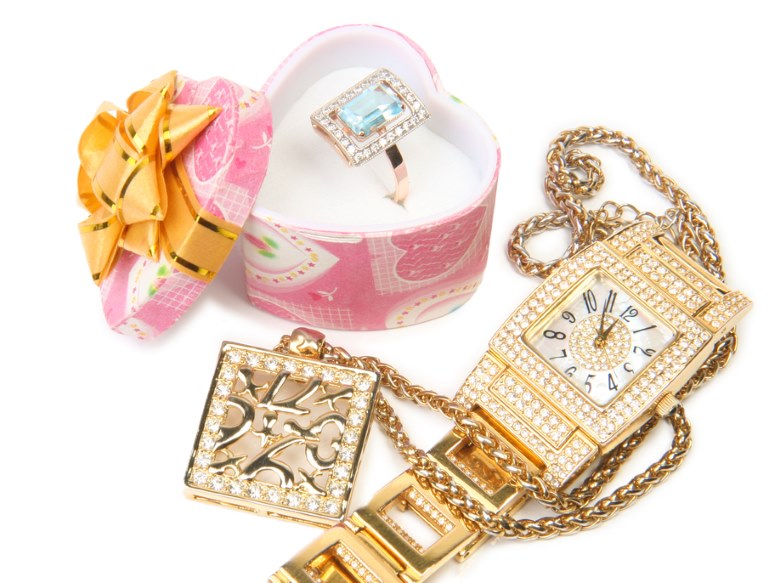How Precious Metals Serve as an Inflation Hedge for Retirement Investment
Retirement savers today face a challenging environment. Stocks can swing on earnings or policy news, and bonds often fail to keep pace with inflation. Many retirees and near-retirees are looking for ways to protect their 401(k)s and IRAs from volatility while preserving purchasing power.
Precious metals, particularly gold and silver, have become a popular option for retirement investors because they could act as an inflation hedge, holding purchasing power when rising prices erode the value of cash and bonds. They could also serve as a hedge that can help reduce portfolio loss risk in the event of a market downturn.
Why Inflation Erodes Retirement Portfolios
Inflation is a real concern for anyone living on a fixed income. Rising prices reduce the buying power of retirement savings, and when inflation outpaces bond yields or stock dividends, even balanced portfolios can lose real value.
For retirees, the impact can be especially sharp because living costs such as healthcare, housing, and everyday expenses tend to rise faster than fixed sources of income like pensions or Social Security. Without assets that can adjust or appreciate in line with inflation, retirement savings may steadily lose purchasing power over time, causing many retirees to scale back their lifestyle rather than enjoying the financial security they spent decades building.
During periods of high inflation in the past, gold has often maintained or increased in value while traditional assets struggled. For example, in the 1970s, when U.S. inflation averaged 7.1% annually, gold rose from roughly $35 an ounce in 1971 to an average of around $675 by 1980, a gain of about 1,800%. More recently, in 2025, gold broke through $3,000 per ounce in March and reached all-time highs of over $4,000 in October as investors sought protection against rising federal debt and persistent price pressures.
Meanwhile, in early September 2025, silver reclaimed $40 per ounce for the first time since 2011, buoyed by both industrial demand and safe-haven buying. It has since reached $50 per ounce, topping previous all-time highs of $49.45 set in 1980.
Protecting 401(k)s From Market Volatility
Market volatility poses another risk for retirement accounts. A traditional 60/40 stock-and-bond allocation can suffer during periods when equities sell off and bond yields remain low. Precious metals behave differently: they are not tied to company earnings or bond coupons, and they often move in the opposite direction of financial assets when fear drives markets.
Major financial institutions have begun adjusting their portfolio recommendations accordingly. Morgan Stanley's chief investment officer Mike Wilson recentlyadvocated for a 60/20/20 allocation—60% stocks, 20% bonds, and 20% gold—citing persistent inflation concerns, geopolitical uncertainty, and the need for assets that can perform independently of traditional markets. The shift reflects growing institutional recognition that precious metals may function as more than a crisis hedge. For retirees worried about protecting their 401(k) balances from market shocks, adding metals could provide diversification and help offset losses elsewhere.
Why Precious Metals Are Viewed as Safe Haven Assets
The appeal of precious metals as a safe haven lies in their independence from the banking system. Physical bullion is not a corporate liability or a government bond. It's a tangible asset that can be held in segregated storage within a retirement account, backed by global demand that cannot be easily manipulated by individual governments or central banks.
Unlike fiat currency, which can be printed in unlimited quantities, gold has a fixed supply. Mining production remains constrained, and because gold used in industrial applications is rarely recycled at scale, the available pool of investable metal becomes increasingly scarce over time. That separation, from both financial systems and supply-side volatility, can offer reassurance during periods of systemic risk, whether from bank failures, geopolitical tensions, or currency declines.
Central banks themselves have underscored this safe-haven role. From 2022 through 2024, central banks bought more than 1,000 tonnes of gold each year, a pace well above the historical average. In the World Gold Council’s 2025 survey, 43% of reserve managers said they plan to increase their gold holdings, while 95% expect global reserves to rise.
Such consistent official-sector demand could add a floor under the market and reinforce gold’s status as a trusted store of value.
Options for Retirement Investors
Retirees and savers considering precious metals for inflation protection have two pathways:
- Precious Metals IRAs: A self-directed IRA allows gold, silver, platinum, and palladium to be held in a retirement account with the same tax advantages as traditional IRAs.
- Direct Purchases: Buying coins and bars outside of retirement accounts gives investors direct possession. This offers immediate ownership and direct control but without the tax benefits of an IRA.
What to Watch Out For
While precious metals can hedge inflation and add stability, understanding how they function within a retirement portfolio helps set appropriate expectations. Retirement savers should consider:
- Custodian and storage fees: IRA-held metals do involve storage and custodial costs, but these fees are typically modest, often comparable to or lower than the expense ratios and management fees charged by traditional mutual funds or managed accounts.
- Physical asset structure: Unlike stocks that can be sold with a click, precious metals are tangible assets requiring coordination with custodians or dealers. This doesn't mean they lack liquidity, gold and silver remain highly liquid globally, but the process involves physical logistics rather than electronic transfers. This is one of the reasons precious metals often function best as long-term holdings rather than short-term trading vehicles.
- Performance characteristics: Precious metals can act as a hedge against inflation and currency risk over time, but they may not always match short-term equity returns during bull markets driven by corporate earnings growth.
Acknowledging these factors helps investors make informed decisions rather than assuming metals are a one-size-fits-all solution.
Why Hedge?
For retirees seeking an inflation hedge, protection from stock market volatility, and a safe haven during uncertain times, precious metals can play a valuable role. Gold and silver in particular offer diversification benefits and a track record of holding value during inflationary periods and financial stress.
The right strategy depends on individual goals. Some investors may allocate a portion of their retirement savings to a precious metals IRA while maintaining traditional equity and bond positions. Others hold physical metals directly as a complement to employer-sponsored plans or brokerage accounts. Still others use both approaches: combining IRA-held metals for tax-advantaged growth with direct ownership for immediate accessibility. In any case, the rationale is the same: shielding retirement savings from the risks of inflation and volatility with assets that have stood the test of time.
More Information
-

Gold Prices and US Dollar Movement Correlation
Given that gold is priced and traded in U.S. dollars, you might wonder how movement in one affects the other... -

What Makes a Precious Metals Item an Investment?
Just because its gold, doesn't mean its protecting your future the way a true investment does...

